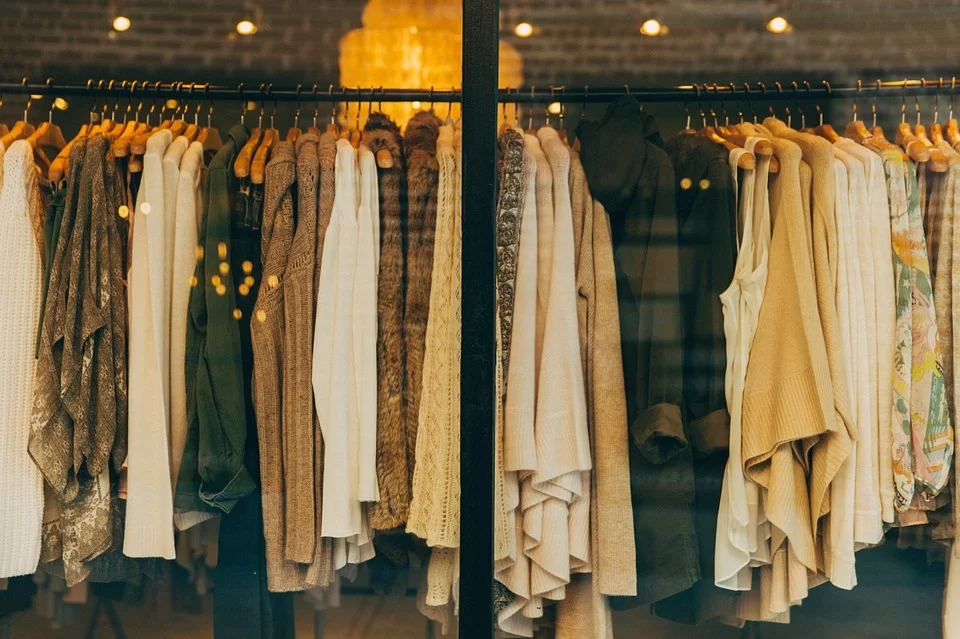Scottish retail sales edge closer to pre-pandemic levels in June
Scottish retail sales in June moved closer to pre-pandemic levels, according to the latest Scottish Retail Consortium (SRC) and KPMG Scottish Retail Sales Monitor.

Total sales in Scotland decreased by 3.0% on a 2-year basis compared with June 2019, when they had decreased by 2.3%. This was above the 3m average decline of 6.0% and below the 2019 average decline of 0.2%.
Scottish sales increased by 1.0% on a 2-year like-for-like basis compared with June 2019, when they had decreased by 3.1%. This is below the 3-month average increase of 3.4% and above the 2019 average decrease of 0.8%.
Stores that have closed, are yet to reopen, or are new stores (in the last two years) are not included in the Like-for-Like sales figure, however, all online sales are included. This means online sales play a far greater role in Like-for-Like sales than Total sales.
Total Food sales increased 5.5% on a 2-year basis versus June 2019, when they had increased by 0.8%. June was above the 3-month growth of 3.1% and the 2019 average growth of 2.4%. The 3-month average was below the UK level of 7.9%.
Total Non-Food sales decreased by 10.1% in June on a 2-year basis compared with June 2019, when they had decreased by 4.8%. This was above the 3-month average decline of 13.5% and the 2019 average decline of 2.4%.
Adjusted for the estimated effect of Online sales, Total Non-Food sales decreased by 12.8% in June versus June 2019, when they had decreased by 3.4%. This is below the 3-month average decline of 12.1% and the 2019 average decline of 1.4%. This was lower than the UK’s 3m average growth of 12.4%.
David Lonsdale, director of the SRC, said: “Scottish retail sales eked out a further modest improvement in June, the second full month since all shops were permitted to re-open, recording the best monthly performance since the onset of Covid. That said, retail sales remained a touch below pre-pandemic levels with the shallowest monthly decline in sixteen months, which serves to underline the protracted nature of the industry’s climb back to recovery.
“The European football championships gave a fillip to sales of televisions as well as food and drink, and fashion categories did slightly better than of late driven by the return of some aspects of socialising. That said, Covid continues to cast a shadow. Weak footfall, a lack of foreign holidays and larger gatherings and occasions such as weddings, and the absence of a return to offices, continues to put a dampener on and hold back categories such as formal wear, holiday-related purchase of beachwear and sunscreen, as well as beauty products which often benefit from impulse buying.
“Looking forward, retailers will be buoyed by the continued success with the vaccination roll-out and the greater re-opening of the economy and easing of restrictions, especially on events and return to offices. This should boost demand, particularly for those stores more reliant on the hustle and bustle of traditionally higher footfall locations in our city centres and shopping malls. Thousands of jobs in Scottish stores and in the supply chain ultimately depend on the ongoing support of the Scottish public, and that support over the coming weeks and months will determine the future vibrancy of our retail destinations and city centres.”
Paul Martin, partner, UK head of retail at KPMG, added: “The pandemic isn’t over. Scottish retailers are still contending with restrictions and the absence of many traditional drivers of summer footfall, such as holidays abroad. So while the picture improved slightly, the widening gap between food and non-food sales shows many consumers continued to choose home over the high street in June.
“But, in this climate, incremental successes must be welcomed, and this week’s nationwide drop to level zero could push retail sales into growth mode. If this happens, we will enter a new phase of the sector’s recovery from Covid-19. To sustain growth, Scottish retailers will need to consider how best to meet the demands of consumers in a post-pandemic world.”








